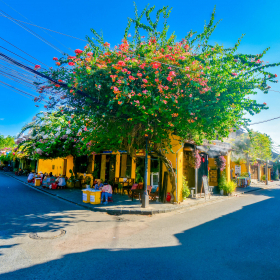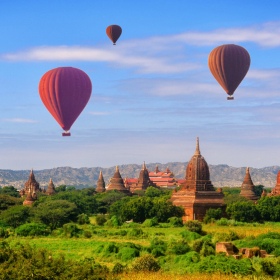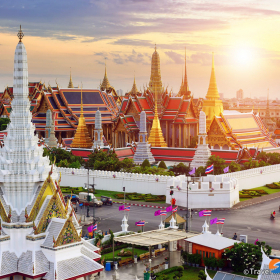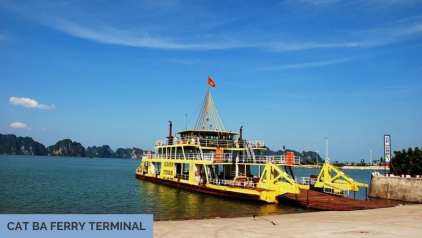BestPrice Travel Guide
Latest Articles
![Kayaking in Halong Bay: Ultimate Guide for First-Time Travelers [2025 UPDATED]](https://d13jio720g7qcs.cloudfront.net/images/guides/780_440/671b832d1d845.jpg)
Experience
Kayaking in Halong Bay: Ultimate Guide for First-Time Travelers [2025 UPDATED]
July 18, 2025 - 4633 Views
Experience
Da Nang Weather in November: Temperature and Travel Guide
July 13, 2025 - 1709 Views![[2025 Updated] Hanoi Weather and Temperature in August for Travelers](https://d13jio720g7qcs.cloudfront.net/images/guides/780_440/6873266827e31.jpg)
Experience
[2025 Updated] Hanoi Weather and Temperature in August for Travelers
July 13, 2025 - 927 Views
Experience
Highlights of Sapa Weather & Temperature in February
July 12, 2025 - 1911 Views
Experience
Hoi An, Vietnam Weather in February: Travel Insights for 2025
July 11, 2025 - 623 ViewsVideos of the Month

About Halong Bay
July 16, 2020 - 2033 Views
Top 10 Vietnam Destinations to Visit
November 30, -0001 - 4401 Views
Explore the Beauty of Mekong River Cruise 2023/24
August 08, 2023 - 3298 ViewsWorld's Greatest Cruise Along Mekong River
August 08, 2023 - 1306 ViewsMighty Mekong at Its Most Welcoming
August 08, 2023 - 216 ViewsTop Vietnam Destinations - Where to go?
Come to discover plenty of wonderful destinations where a perfect blend of the nature, culture, and cuisine gives you a valuable trip around Southeast Asia.















